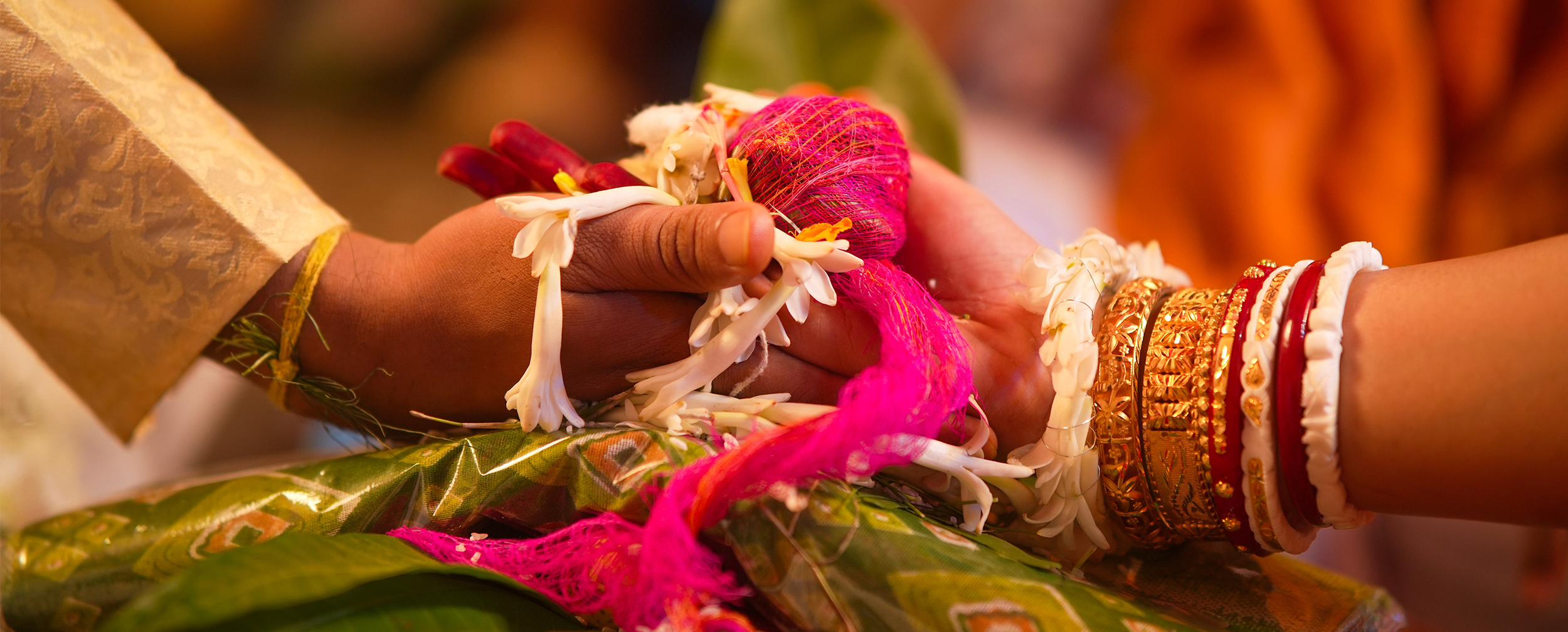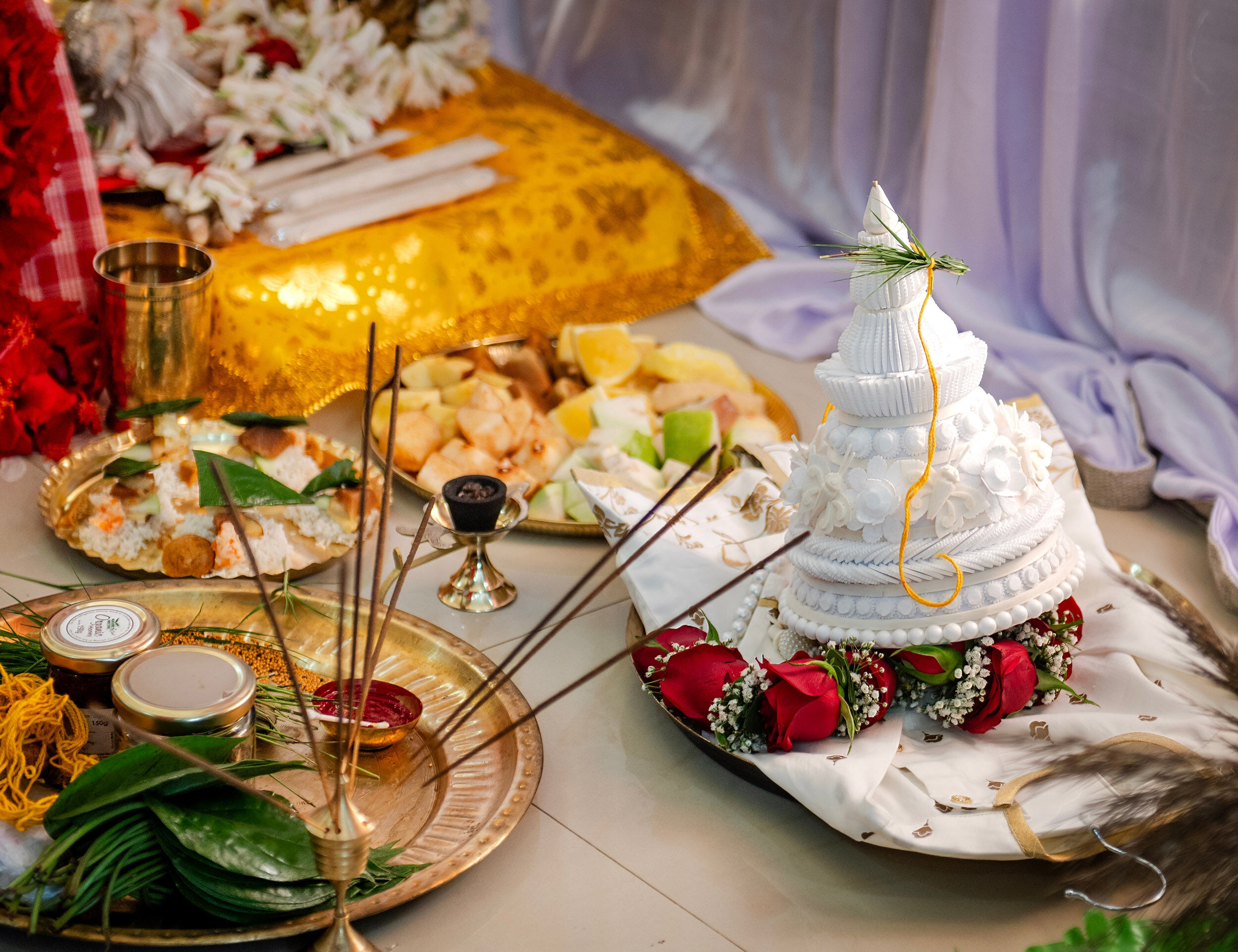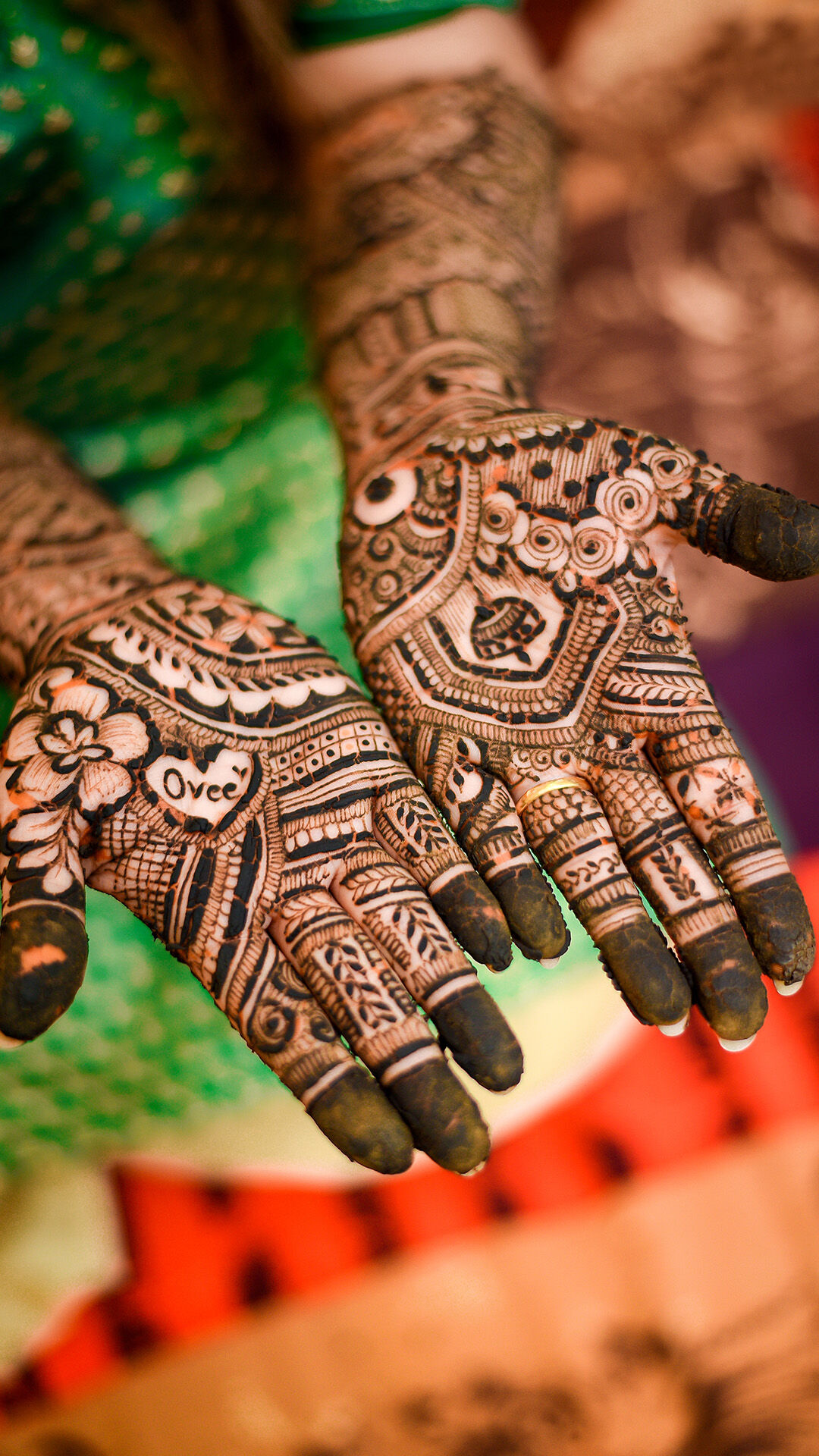STORIES BY MANYAVAR & MOHEY

Lifestyle
A First-Timer's Map to Bengali Wedding: Customs, Food & Fashion
Date 13 June 2025 Reading time: 7-10 mins
Wedding cards come with their own brand of excitement. But when that card invites you to your first Bengali wedding, the excitement mixes with curiosity—and perhaps a dash of bewilderment! Between the multiple-day celebrations, specific rituals, and food that deserves its own celebration, a Bengali wedding ritual offers a beautiful cultural immersion that's both heartwarming and fascinating.
Whether you're attending as a friend, plus-one, or distant relative, this Bengali wedding guide will walk you through the colourful tapestry of ceremonies, help you understand the significance behind each Bengali wedding ritual, and—most importantly—prepare you for the feast that awaits!
If you know, half the joy of a Bengali wedding comes from the delicious spread that will have you dreaming of mustard fish for weeks to come!
So let's dive into this cultural celebration that beautifully balances sacred traditions with joyful festivities.
Introduction to Bengali Weddings
A Bengali wedding is like watching poetry come alive. Unlike the one-day affairs common in many cultures, a traditional Bengali wedding stretches across multiple days, each filled with specific ceremonies that honour ancestors, celebrate family bonds, and bless the couple's future.
These Bengali wedding celebrations blend religious elements with cultural practices, creating a unique experience that varies slightly between West Bengal and Bangladesh, and between different communities within these regions. What remains consistent across any Bengali wedding ritual is the importance of family participation, musical elements, and, of course, the legendary Bengali feast!
The Rich History of Bengali Wedding Traditions
Bengali wedding traditions date back several centuries, drawing influences from ancient Hindu scriptures while incorporating regional customs that have evolved. Many Bengali wedding traditions that we see today can trace their roots back to the era of cultural revival and reform.
What makes Bengali wedding culture truly special is how it has preserved ancient Sanskrit verses and rituals while adapting to modern sensibilities. The sacred fire (homa) around which the couple circles seven times, the exchange of garlands (mala badal), and the application of sindoor all connect today's celebrations to Bengali wedding traditions that have continued for generations.
Interestingly, Bengali wedding rituals place significant emphasis on literary and artistic elements, with special songs composed for different ceremonies and poetic verses recited during key moments.
What to Expect at a Bengali Wedding
A Bengali wedding follows a beautiful sequence of events spread across several days. Each Bengali wedding ritual serves a specific purpose in the marriage journey, creating a gradual transition from single life to married life for both the bride and groom.
If you're attending your first Bengali wedding, prepare for early mornings, late nights, emotional moments, and plenty of laughter. From the turmeric ceremony to the final farewell, each Bengali wedding ritual adds layers of meaning and emotion.
Pre-Wedding Rituals in a Bengali Wedding
The journey begins with several pre-wedding ceremonies that set the stage for the main event. These Bengali wedding traditions bring families together and prepare the bride and groom spiritually for their new life. Rooted in culture and symbolism, such Bengali wedding traditions mark the beginning of a deeply meaningful celebration.
Ashirbaad marks the official beginning of Bengali wedding culture. During this blessing ceremony, elders from both families visit the bride and groom at their respective homes, offering their blessings along with gifts like saris, sweets, and fish.
The Aiburobhaat follows, celebrating the last meal the bride and groom will have as unmarried individuals. This is one of the cherished Bengali wedding traditions that symbolise the transition into married life.
The name literally translates to "bachelor rice," and the meal typically features Bengali delicacies like fish curry, sweet chutney, and rice. If you're invited to this intimate gathering, you'll witness family members feeding the bride or groom with their own hands—a gesture deeply rooted in Bengali wedding traditions that signifies care and nurturing.
Dodhi Mangal happens early on the wedding day, when female family members wake the bride before dawn to feed her yoghurt and sweets, believed to bring sweetness to her married life. It's a lovely, quiet moment before the day's excitement begins.
The Main Wedding Ceremony
The heart of a Bengali wedding is the main ceremony itself, typically held in the evening. If you're attending, arrive prepared for a series of beautiful, meaningful rituals.
The festivities begin with Bor Jatri—the groom's procession to the wedding venue. In traditional settings, he might arrive on a decorated horse or palki (palanquin), though modern weddings often feature luxury cars instead. The groom wears a dhoti-kurta ensemble and a topor (a crown-like headpiece).
The most anticipated moment comes with Shubho Drishti—the auspicious first glance. The bride, carried to the mandap on a wooden stool by her brothers, keeps her face covered with betel leaves. When she finally reveals her face and meets the groom's gaze, guests cheer and shower flowers. It's a magical moment worth capturing!
Next comes Mala Badal, where the bride and groom exchange flower garlands three times, symbolising their acceptance of each other. This is followed by Sampradan, where the bride's father or guardian formally gives her away, and Saat Paak, where she circles the groom seven times while carried on the wooden piri.
The ceremony culminates with Sindoor Daan, when the groom applies vermilion powder to the bride's hair parting—officially marking her as a married woman.
Styling tip for grooms: For the main ceremony, pair a cream or off-white Kurta jacket set with gold embroidery for a regal look that photographs beautifully against wedding decor.
Post-Wedding Rituals in a Bengali Wedding
After the main ceremony comes a series of post-wedding rituals designed to welcome the bride into her new family while maintaining her connection to her parental home.
Bashi Biye (morning-after ceremony) happens the day after the wedding, with the couple performing additional rituals to strengthen their bond. The groom once again applies sindoor to the bride's forehead, reinforcing their marital status.
Bou Bhat is perhaps the most significant post-wedding ritual in Bengali wedding culture. This reception-like celebration at the groom's home formally introduces the bride to his extended family and community. The bride cooks her first meal for her new family, and the groom presents her with new clothes and jewellery.
During Phool Sajja, the couple's bed is decorated with flowers, creating a romantic setting for their first night together. Family members, particularly the bride's sisters-in-law, often engage in playful teasing during this time.
Bengali Wedding Attire: What to Wear
Clothing plays a crucial role in Bengali wedding rituals, with specific outfits designated for different ceremonies. If you're attending as a guest, you'll want to dress appropriately while staying comfortable for the lengthy celebrations.
Bengali wedding culture places high value on textiles, particularly silk and cotton-silk blends. Colours hold symbolic meaning too—with red representing passion and new beginnings, white symbolising purity, and gold representing prosperity.
Styling tip for guests: For post-wedding celebrations, men can opt for light-coloured Nehru jackets paired with kurta-pyjamas in complementary shades. Women might consider an art silk saree in rich tones that work beautifully in photographs.
Bengali Wedding Saree
The bride wears a Banarasi saree with intricate gold zari work. What makes this look distinctive is the border, typically wider and more elaborate than sarees from other regions. The bride pairs this with gold jewellery, including shankha pola (red and white bangles), nath (nose ring), and a distinctive mukut (tiara).
Styling tips for brides:
- Choose a red Benarasi silk saree with broad borders for the main ceremony
- Pair with a contrasting blouse in gold or maroon with elbow-length sleeves
- Complete the look with alta (red dye applied to hands and feet)
- Consider a sheer red veil attached to your hair bun for added drama
If you're attending as a female guest, a silk saree or lehenga in bright colours works perfectly. Just avoid wearing predominantly red outfits (reserved for the bride) or white/black (associated with mourning in some communities).
Bengali Wedding Dress for Men
The groom's attire for a Bengali wedding is a dhoti-kurta ensemble in cream or white, often paired with a topor (conical headpiece) and uttariya (silk scarf draped around the shoulders). Modern grooms frequently add colourful Nehru Jackets or sherwani over this base.
Male guests have several stylish options that respect Bengali wedding traditions while allowing for personal expression:
Styling tips for male guests:
- Choose a silk kurta in pastel colours paired with churidar or pajamas
- Add a coordinating Nehru Jacket for a more formal look
- Complete the outfit with mojari shoes and minimal accessories like a watch or bracelet
- For evening functions, deeper jewel tones work well
Modern Twists on Bengali Wedding Attire
Contemporary Bengali wedding fashion beautifully blends tradition with modern sensibilities. Today's couples often incorporate personal style while honouring cultural heritage.
For brides, this might mean choosing a red Benarasi for the main ceremony but opting for a designer lehenga for the reception. Many are experimenting with different draping styles, blouse designs, and jewellery combinations while maintaining key elements like sindoor and shankha pola.
Grooms are getting creative too, with many choosing fusion outfits that combine Bengali wedding traditions with contemporary cuts. Indo-Western outfits with Bengali-inspired motifs or colours offer the perfect balance of tradition and modernity.
Embracing the Beauty of Bengali Weddings
Remember that Bengali wedding culture celebrates not just the union of two people but the coming together of families and communities. Whether you're attending as a friend, family member, or plus-one, the key is to approach the experience with an open heart and mind. Bring comfortable shoes (ceremonies can be lengthy!), come hungry, and prepare to witness traditions that have stood the test of time while evolving to embrace the present.
For your own Bengali wedding outfit that balances tradition with contemporary style, explore Manyavar and Mohey's curated collections of celebration wear—perfect for every ceremony from Ashirbaad to Bou Bhat!







